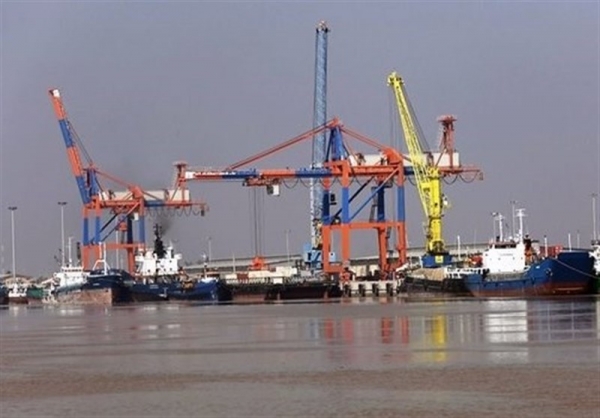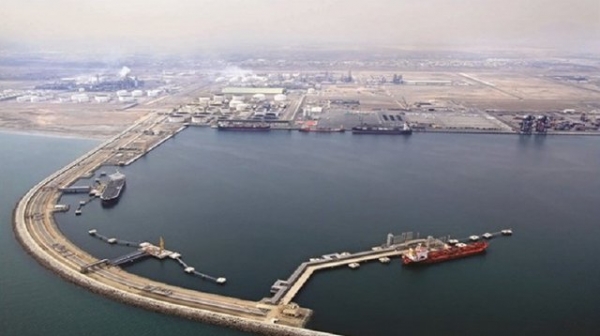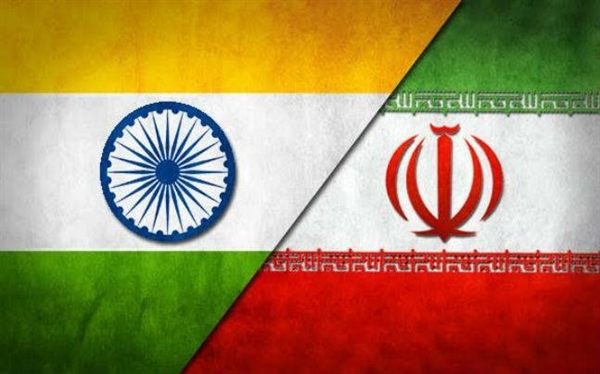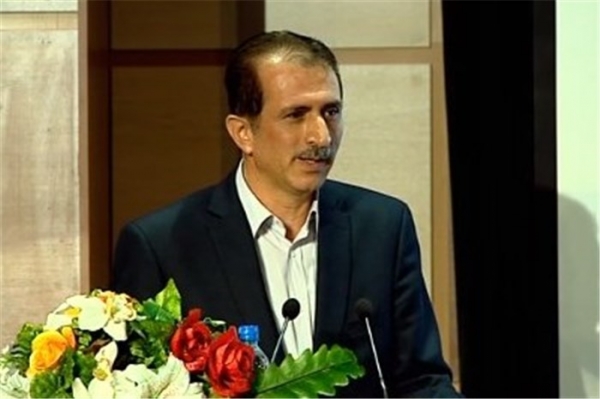News
Latest news
47% Growth in Exports from Abadan Ports
Director of Ports and Maritime Affairs of Abadan announced a 47% increase in exports from Abadan, Arvandkenar and Chouebdeh Ports.
During the last 10 months of this year, exports of goods and commodities from Abadan ports has increased by 47%, Reza Safari said. The export volume of goods and commodities in the last 10 months of this year was 27 thousand 735 tons more than in the same period last year.
Agricultural products, household appliances and light products, meat and meat products are among the most exported items from the three ports of Abadan, Arvandkenar and Chouebdeh. The destinations of exports from ports of Abadan are Gulf countries including Iraq and Kuwait.
61% increase in container loading and unloading in Chabahar port
“Container and petroleum products unloading and loading in the Chabahar port have increased by 61% and 81% respectively.” Director General of Ports and Maritime of Sistan and Baluchestan Province said.
Behrooz Aghaee on the performance of the Chabahar port, pointed that Loading and unloading of containers operations has grown by 61% within the last 10 months compared to the same period last year. Loading and unloading of petroleum products has been 80% higher than in the same period last year
According to a recent report, the loading and unloading of non-oil goods set a 35% growth compared to the same period last year and exports and transshipments of non-oil products also show a 100% increase.
The Director General of Ports and Maritime of Sistan and Baluchestan Province concluded that the loading and discharging of oil and non-oil goods and products during the first ten months of this year increased by 54% compared to the same period last year.
Chabahar port critical to Delhi's Eurasia strategy & connectivity initiatives in Indo-Pacific region
Chabahar will be key element in India's Indo-Pacific strategy that also includes Eurasia's connect with Indian Ocean Region
NEW DELHI: It was culmination of years of efforts when India Ports Global Limited Company opened its office in Chabahar and started the operations at the Shaheed Behesti port at the Iranian city, a step that would take Delhi closer to effective connectivity link to Afghanistan, Central Asia and parts of Russia.
Iran is key link to INSTC that connects Russia to India in shortest possible time. Kazakhstan plans to connect Gujarat via Iran and Russia is looking to put in place a connectivity corridor involving India and Oman through Iran. Chabahar will be key element in India's Indo-Pacific strategy that also includes Eurasia's connect with Indian Ocean Region. Chabahar is key element in Delhi's SCO membership and a pillar of India's connectivity projects amid China's BRI. European countries and Japan are poised to complement India's efforts in Chabahar port.
"We are also seeking to develop the Chabahar Port as a gateway for onward connectivity to and from Afghanistan and Central Asia. Since last year, we have shipped about 110 thousand metric tons of much-needed wheat and 2000 metric tons of pulses from India to Afghanistan through this Port. To tap its full potential for benefit of Afghanistan, we might also need to pursue the development of a rail line from Chabahar to Zahedan at some future stage," Foreign Secretary Vijay Gokhale said at a conference early November.
India signed a short-term lease, as part of the agreement signed during the visit of Iranian President Hassan Rouhani in February, to start interim operations for the Port. Delhi has committed $500 million for Chabahar Port complex besides $ 235 million for port expansion project. Delhi will also build 500-km-rail link between Chabahar and Zahedan in Iran which will then be extended to Zaranj in Afghanistan.
The Modi government maintains that once functional, the Chabahar Port will serve as a "growth engine" to India, Iran, Afghanistan and several Central Asian countries. Chabahar is India’s most viable gateway to Afghanistan and Central Asia with Pakistan denying India any land access to Afghanistan. Central Asian powerhouses – Uzbekistan and Kazakhstan – also view Chabahar Port as their gateway to the Indian Ocean Region. Officials here are of opinion that located some 1,000 km from Kandla and 1,400 km from Mumbai, the Chabahar port will ease sea route access for cargo, trade and business.
The first meeting of the Follow-up Committee for implementation of the trilateral Chabahar Agreement between India, Afghanistan and Iran at the level of Joint Secretary/Director General was held on December 24 in the port city of Chabahar.
Positive and constructive discussions were held between the three sides on full operationalization of the Trilateral Transit Agreement for international transit & transport through the Chabahar Port. They agreed on the routes for the trade and transit corridors between the three countries, according to an MEA statement.
The three sides agreed to finalize at the earliest the Protocol to harmonize transit, roads, customs and consular matters. It was agreed to allow cargo movement at Chabahar using TIR Convention provisions.
It was decided to hold an event to promote and popularize the potential of Chabahar on February 26, 2019. Also, a study would be initiated to determine measures to make the route attractive, decrease logistic costs and pave the way for smooth operationalization of the Chabahar Agreement.
Message of IRICA president on the occasion of the International Customs Day
Mehdi Mirashrafi, the president of the Islamic Republic of Iran Customs Administration ( RICA) congratulated the personnel of Iran Customs and their families on the occasion of the International Customs Day( the26th of January).
He emphasized in his message that considering the current situation of the country’s economy, all the customs personnel should work hard to realize the economic priorities as strengthening the value of the national currency and reducing the inflations and assisting foreign investments.
He mentioned the slogan of this year which is “ Smart borders for seamless Trade, Travel and Transport and stressed that Iran Customs has started the work in line of facilitating and expediting the trade and goods exchanges at the borders both physically and virtually long before announcing the slogan by the WCO and has a good cooperation with neighbor countries . Establishing joint border gates, exchange of electronic information, installation of modern inspecting equipments and taking advantage of tracking tools are some of the measures taken by the Iran Customs and we will continue the way, the president of Iran customs further said in his message .
It should be mentioned that each year The World Customs Organization ( WCO) selects a slogan at the beginning of the new year and member states try to organize their activities on the basis of that slogan.
Message from the World Customs Organization
International customs day 2019
Traditionally, to mark International Customs Day (ICD) each year, the WCO Secretariat dedicates a theme that is pertinent to the challenges facing the global Customs community.
FIATA World Congress 2019
Where Technology and Logistics Meet
The FIATA World Congress will be hosted in Cape Town, South Africa and will bring together global leaders, a comprehensive programme and sessions by industry leaders, presenting innovative and relevant discussions. Cape Town is one of the most beautiful cities in the world with a fascinating blend of cultures, flavour and history. The city is known for its harbour, natural setting in the Cape Floristic Region, and for landmarks such as Table Mountain and Cape Point.
The 2019 Congress theme is "Where Technology and Logistics Meet" and the Congress Programme will focus on new technology and disruptive innovation and how this affects the Logistics and Freight Forwarding Industry worldwide.



























